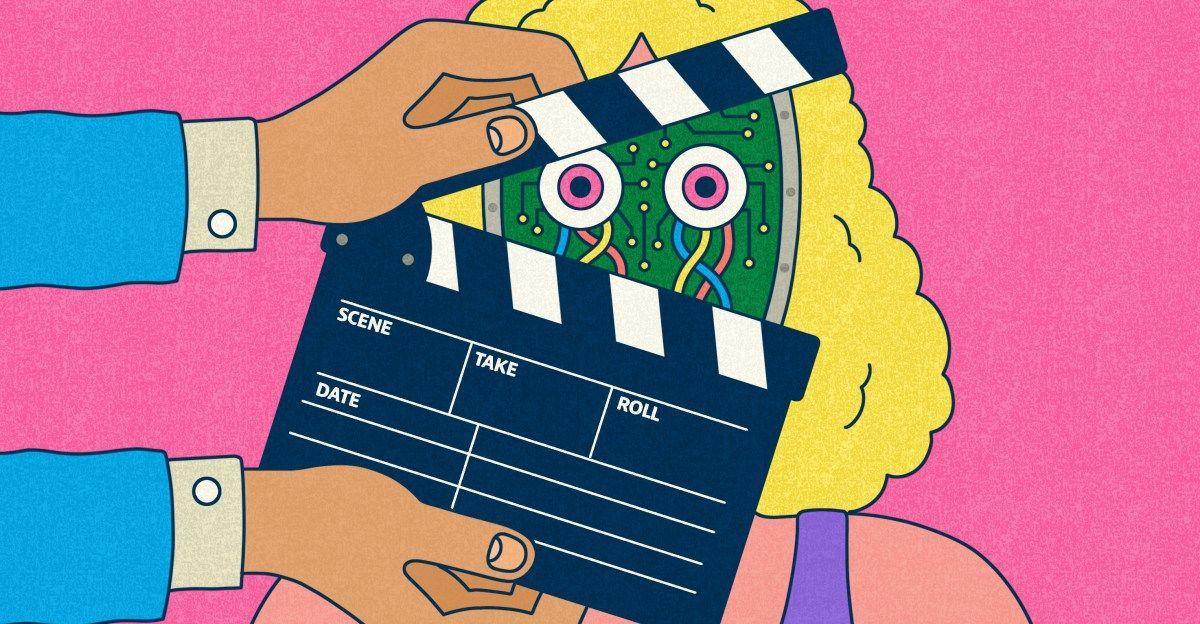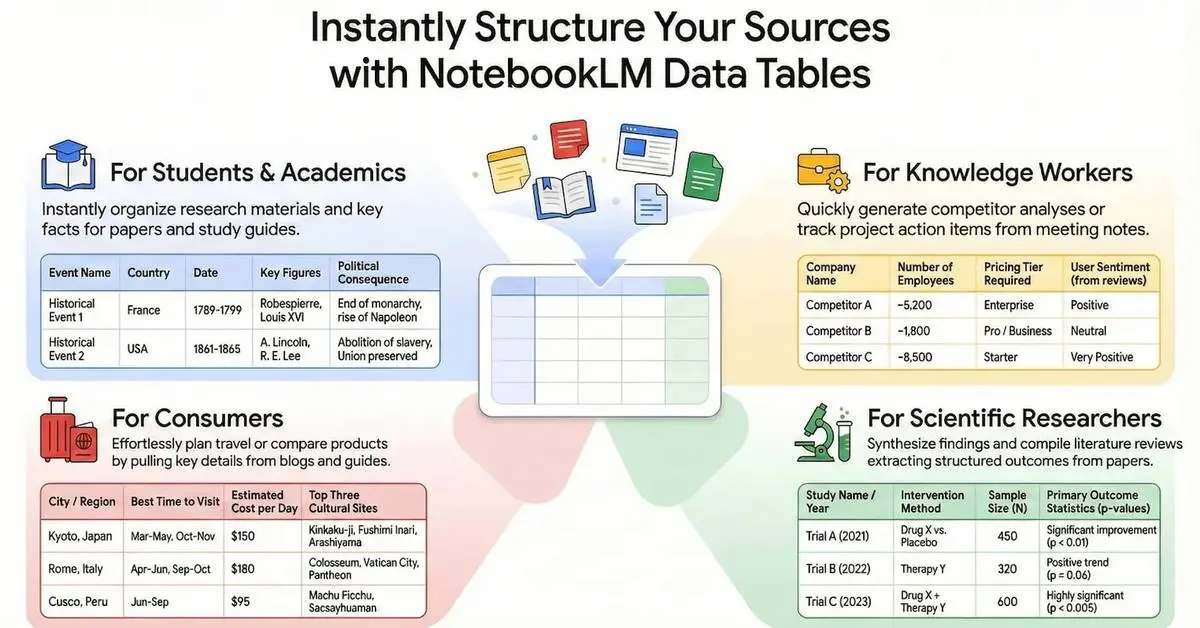Industrial Light & Magic's AI-Generated Star Wars Short Film Sparks Controversy and Criticism
7 Sources
7 Sources
[1]
Star Wars Shows the Future of AI Special Effects and It Sucks
Industrial Light & Magic revealed a short film showcasing how it wants to use generative AI for Star Wars and it's completely embarrassing. Industrial Light & Magic (ILM), the visual effects studio that practically invented the field as we know it today, revealed how it thinks it will use generative AI in the future, and that future looks really bad. Much of what we understand today as special effects in movies was born at Industrial ILM, which was built to produce many of the iconic shots in Star Wars: A New Hope. Since 1977, through the ages of miniature models, puppeteering, and the bleeding edge of computer generated images, ILM has remained at the forefront of making the impossible come alive on movie screens.
[2]
People React in Horror to Lucasfilm's AI-Generated 'Star Wars' Animals
Lucasfilm has horrified fans by showing off a series of AI-generated animals that allegedly belong in the Star Wars universe. During a TED Talk, Lucasfilm visual effects artist Rob Bredow unveiled the short film, named Star Wars: Field Guide, describing it as "what it would feel like if you sent a probe droid out to a brand new Star Wars planet." Bredow then unveiled a series of bizarre AI-generated creatures that were reminiscent of the work of Photoshop artist and photographer Sarah DeRemer who created animal hybrids. There are bears crossed over with tigers, peacocks with snail shells, and blue gazelles. It looks as if the still images were AI-generated and then brought to life with an AI video app. Bredow stresses that the project is a "work-in-progress" and the bizarre creatures are not final character designers. "This is what happens when you put the latest AI tools in the hands of talented artists," he adds in the video below. Fans did not hold back online. "Lucasfilm declares creative bankruptcy with an AI-generated Star Wars film that's just 2 minutes of mostly normal animals jumbled together," was the headline of one Reddit post that got plenty of attention. Some fans called for the Star Wars franchise to end after showing a video that a "14-year-old could do on their smartphone." "The AI video was the same slop we've been seeing for ages now," writes one YouTube TED Talks commenter. "None of those creatures look like they belong in Star Wars," writes another "They are all clearly two Earth animals fused together in the most basic way." AI slop refers to the new phenomena of fake imagery created by AI image generators flooding the internet. It has affected Google Search, social media, and stock photo websites. Bredow heads up ILM, a special effects company founded by George Lucas during the making of the original Star Wars films. Futurism notes that ILM is a pioneer of the industry and has helped bring magic to classic movies including Jurassic Park and Terminator 2. Bredow insists that the technology is "artist-driven" but AI continues to get a bad rep. So much so that it's been reported Hollywood is using the technology a lot but afraid to admit it publicly.
[3]
Star Wars' Showcase of AI Special Effects Was a Complete Disaster
If Disney leadership has its way, we'll all be drooling over endless Star Wars reboots, sequels, and spinoffs until the Sun explodes. And what better way to keep the slop machine humming than using good old generative AI? Unfortunately, as highlighted by 404 Media, we just got a preview of what that might look like. Industrial Light and Magic, the legendary visual effects studio behind nearly every "Star Wars" movie, released a new demo showcasing how AI could supercharge depictions of the sci-fi universe. And unsurprisingly, it looks absolutely, flabbergastingly awful. The demo, called "Star Wars: Field Guide," was revealed in a recent TED talk given by ILM's chief creative officer Rob Bredow, who stressed that it was just a test -- "not a final product" -- created by one artist in two weeks. It's supposed to give you a feel of what it'd be like to send a probe droid to a new Star Wars planet, Bredow said. But what unfolds doesn't feel like "Star Wars" at all. More so, it's just a collection of generic-looking nature documentary-style shots, featuring the dumbest creature designs you've ever seen. And all of them are immediately recognizable as some form of real-life Earth animal, which echoes the criticisms of generative AI as being merely a tool that regurgitates existing art. You can watch it here yourself, but here's a quick rundown of the abominations on display -- which all have that fake-looking AI sheen to them. A blue tiger with a lion's mane. A manatee with what are obviously just squid tentacles pasted onto its snout. An ape with stripes. A polar bear with stripes. A peacock that's actually a snail. A blue elk that randomly has brown ears. A monkey-spider. A zebra rhino. Need we say more? "None of those creatures look like they belong in Star Wars," wrote one commenter on the TED talk video. "They are all clearly two Earth animals fused together in the most basic way." Make no mistake: ILM is a pioneer in the special effects industry. Founded by George Lucas during the production of the original "Star Wars" movie, the outfit has innovated so many of the feats of visual trickery that filmmakers depend on today while spearheading the use of CGI. Its bona fides range from "Terminator 2," and "Jurassic Park," to "Starship Troopers." Which is why it's all the more disheartening to see it kowtowing to a technology that bastardizes an art form it perfected. What ILM shows us is a far cry from the iconic creature designs that "Star Wars" is known for, from Tauntauns to Ewoks. Sure, there's some room for debate about how much of a role AI should play in filmmaking -- with labor being the biggest question -- and Bredow broaches the subject by pointing out that ILM has always taken cutting-edge technologies and used them along with proven techniques. He assures the audience that real artists aren't going anywhere, and that "innovation thrives when the old and new technologies are blended together." That's all well and good. But to jump from that sort of careful stance to showing off completely AI-generated creations sends a deeply conflicting message.
[4]
ILM Makes 'Star Wars: Field Guide' Short Film Using Generative AI
Visual effects house Industrial Light & Magic (ILM) has showcased a new "Star Wars" short film made using generative AI. Presented as part of a TED talk by ILM's Chief Creative Officer Rob Bredow, the two-minute short "Star Wars: Field Guide" showcases a menagerie of weird alien hybrids created using imagery of Earth animals and AI. Billed as a test, rather than a final product, the aim of the piece, Bredow said, is to "see the trajectory we are on and the trajectory we want to be on next." Bredow highlighted VFX artists' anxiety about artificial intelligence, noting that when ILM worked on 1993's "Jurassic Park," its pioneering use of computer graphics made many in the special effects field feel like they were facing extinction. Now, he said, "many of us are feeling that way about AI." But, he argued, the special effects and visual effects industries have thrived when old and new technologies are used in concert. Bredow pointed to how "Jurassic Park" used classic techniques such as animatronics alongside VFX. More recently, he gave the example of 2023's "Indiana Jones and the Dial of Destiny," in which star Harrison Ford was "de-aged" for a key sequence in the film. To realise the effect, he said, ILM artists "hand-tuned generative AI models" based on Ford's past performances as Indiana Jones. Simultaneously, VFX artists created a "full CGI" version of a younger Ford. This hybrid approach was adopted because while generative AI was good at "pulling all the details" from Ford's on-set performance, it struggled with "the details and the controls." ILM's artists "created a blend of the two" to realise the de-aging effect, which Bredow called, "some of the best work of this kind ever done." Likening "Star Wars: Field Guide" to a "mood board, but a moving one," Bredow argued that generative AI needs "better artist focused tools," pointing out that text prompts are "not great ways to make a movie." With the advent of ever more powerful generative AI video tools, Bredow said, "we do need to use them thoughtfully, with the full permission of the talent." Generative AI and film The use of generative AI in film and TV has proved contentious among the creative community, with films such as "Late Night With The Devil," and "The Brutalist" coming under fire for their use of the technology. Artists are particularly concerned over AI firms' use of copyrighted material to create the models on which their products are based, with firms such as OpenAI and Meta facing lawsuits over their failure to obtain proper licenses or permission from creators. Some productions, such as A24 film "Heretic," have even resorted to adding a disclaimer stating that no generative AI was used in the making of the picture.
[5]
Lucasfilm declares creative bankruptcy with an AI-generated Star Wars film that's just 2 minutes of mostly-normal animals jumbled together
The history of Star Wars is the history of visual effects. For decades, Lucasfilm and its effects division Industrial Light & Magic have -- through innovations in camera technology, miniature techniques, practical effects, and computer-generated imagery -- charted the course of Hollywood film production, establishing a visual canon that resonates so strongly with its fans that many of them idolize a guy who hacked up a bunch of younglings with a laser sword purely because of how cool his armor looks. To celebrate that legacy of cutting-edge craftsmanship, former ILM chief creative officer and current senior vice president of creative innovation at Lucasfilm Rob Bredow got on a TED stage in April to share a vision of what he called "a new era of technology" (via 404 Media). That vision was a two-minute AI-generated video of blue lions and chimpanzees with zebra stripes, not to mention the ungodly outcome of snail and peacock interbreeding. Bredow began his talk with a summary of ILM's history, founded 50 years ago to "solve the visual storytelling challenges" in Star Wars. As Bredow describes it, ILM's success came from artists and engineers working in tandem, blending aesthetic sensibility with technical innovation. He shared anecdotes from the production histories of Jurassic Park, Indiana Jones, and the Mandalorian -- moments where artists elevated what could be achieved with new technology, rather than be replaced by it. "That's blending the old and new -- how tech and creativity working hand in hand create things we just love," Bredow said. "So what happens when you put the latest AI tools in the hands of talented artists, both to see how good these tools are these days, and what does it do to our artists' imagination?" Unfortunately, I don't think tech and creativity were particularly aligned on this one. Bredow then moved on to his premiere of Star Wars: Field Guide, a short film created by an ILM artist over the course of two weeks using AI generation to "explore what it would feel like if you sent a probe droid out to a brand new Star Wars planet." And I can safely say that if I sent a probe down to a Star Wars planet and got back images of alligator heads crudely spliced onto turtle bodies, I'd be pretty bummed. Field Guide is, to be frank, embarrassing. Despite the triumphant Star Wars score, ILM's foray into AI generation didn't produce anything remotely compelling -- or even particularly alien. It made a mostly normal sloth with bits of rock sticking out of its fur. It put a peacock head on a snail. There's a bear with tiger stripes. There's a blue gazelle, and also a blue lion, and a pink iguana, and a couple walruses with octopus bits stuck on there, and none of it makes me feel anything because why would I care about a barely-fake creature -- essentially just two existing animals smushed together -- which nobody bothered to make themselves? "It's pretty fun to see artist expression leveraging the latest new tools," Bredow said as the film ended to perhaps the most generous applause anyone has ever given, and I have to ask: Is it? The AI-generated imagery doesn't have any glaring errors, but what was fun here? What's being expressed by a person typing "what if a hyena had an ape's face" for two weeks? Bredow closed out his talk as though he had illustrated a point -- that his two minutes of animated creature collage is a stepping stone towards, as he said, "that next Star Destroyer moment that's going to light up screens around the world."
[6]
Lucasfilm uses AI to explore a "new Star Wars planet", but fans aren't convinced: "It's not impressive if a 14-year-old can do it on their smartphone"
Lucasfilm has shown off a short AI film set in the Star Wars universe, but the reaction has been overwhelmingly negative. In a TED Talk titled 'Star Wars Changed Visual Effects -- AI Is Doing It Again', Lucasfilm senior vice president of creative innovation Rob Bredow offers up a window into how AI can be used in visual effects - and in a galaxy far, far away (via 404 Media, H/T PC Gamer). In a section on 'Artist-Driven Innovation', Bredow ponders "what happens when you put the latest AI tools in the hands of artists? What does it do to their imagination?" Far from using ChatGPT to hash out an opening Star Wars crawl, one artist created a short film inside two weeks to "explore what it would feel like if you sent a probe droid out to a brand new Star Wars planet." "What would it see? More importantly, if we made a new show - and I'm not announcing a new show - what would it feel like?" What follows is Star Wars Field Guide, essentially a lukewarm David Attenborough-style documentary, meshing together existing ideas for animals - snails and peacocks, tigers and polar bears - with the odd warped lens usually presented by AI-generated content. "It's pretty fun to see artists' expression leveraging the latest new tools," Bredow states. Unfortunately, that isn't reflected in the general reaction to the video. You only have to have a quick scout of comments to see fans' displeasure at the proof of concept. "None of those creatures look like they belong in Star Wars. They are all clearly two earth animals fused together in the most basic way," one wrote. Another added, "The ai video was the same slop we've been seeing for ages now." Others shared their own brutal takedowns. One said, "Dude, it's not impressive if a 14-year-old can do it on their smartphone." "I think he knew it was bad," another commenter replied underneath the YouTube video. There's no indication that Lucasfilm, ILM, or any other Star Wars entity will be using AI in their future work, however.
[7]
Lucasfilm's vision for AI in Stars Wars is making me cringe
So blending two animals together is the future of creativity? Star Wars has been a huge influence on visual effects in cinema. Lucasfilm and its VFX division Industrial Light & Magic (ILM) have been pushing the boundaries for decades, from motion control cameras to virtual production and a deepfake Peter Cushing in Rogue One, creating some of the best CGI movie moments in the process. But many fans will be hoping these pioneers' current vision of the future of VFX is uncharacteristically wonky after they released an experimental AI-generated short called Star Wars Field Guide. Fans and artists alike have been astonished by the presentation during a TED Talk. "What happens when you put the latest AI tools in the hands of talented artists?" asked Rob Bredow, ILM's chief creative officer and Lucasfilm's senior vice president of creative innovation. Erm... it seems you get the same kind of slop we've seen seeing for years in every presentation about AI image generators: a bunch of crossbred animals. As one of the biggest names in VFX, Industrial Light & Magic is the last company I thought we would see peddling AI, particularly in such an unimaginative and half-baked way. Those in the audience must have been checking the date to see if wasn't 1 April. Rob begins the talk, which was picked up by 404 Media, with a brief history of ILM's VFX innovations over the years. He also touches on the fears many in the industry have that "AI is coming" for their jobs. Then, apparently with the aim of showing that AI still needs talented artists behind it, he premiered "a short created by an artist using the latest generative AI tools so you can see the trajectory we're on and the trajectory we want to be on". The two-minute Star Wars Field Guide, supposedly set on a new Star Wars planet, is basically a compilation of barely moving AI-generated animal crosses: a peacock-snail, tiger-bear, a spider-monkey and a whole bunch of animals that are coloured blue for some reason. A rousing Star Wars score tries to elicit emotion in the hope nobody realises we've already seen imagery like this in ads for dozens of AI image generators. None of the creatures looks like it belongs in Star Wars, and none of them is remotely creative. They're merely bits of existing Earth animals combined in the most basic way, demonstrating that AI can't generate anything genuinely new. Sure, the germ for many famous sci-fi creatures may have come from imagining chimeras of existing animals, but they were iterated on. And because they were created by humans rather than AI, the results weren't literal, and they ended up looking like genuinely novel alien species. Even the quality of the AI output in the video is nothing more impressive than what we've already seen in demos by Adobe, Meta, Runway and others. Hence why the applause at the end felt embarrassingly muted. If this "a new era of technology" as Rob says, Star Wars doesn't have much creative life left in it. I get that the idea is that this is the start of something bigger, and perhaps the choice of demonstration is what went wrong here, causing the message to get lost. On the other hand, if the point was supposed to be that VFX is safe from AI, the presentation may have succeeded, just not in the way that was intended.
Share
Share
Copy Link
Industrial Light & Magic (ILM) showcases an AI-generated Star Wars short film, "Field Guide," which receives widespread criticism for its lackluster creature designs and potential implications for the future of visual effects in the film industry.

ILM Unveils Controversial AI-Generated Star Wars Short Film
Industrial Light & Magic (ILM), the pioneering visual effects studio behind the Star Wars franchise, has sparked controversy with its latest project: an AI-generated short film titled "Star Wars: Field Guide." Presented by Rob Bredow, ILM's Chief Creative Officer, during a TED talk, the two-minute video has drawn widespread criticism for its underwhelming creature designs and potential implications for the future of visual effects
1
.The AI-Generated Creatures: A Departure from Star Wars Iconography
The short film, described by Bredow as a representation of "what it would feel like if you sent a probe droid out to a brand new Star Wars planet," features a series of bizarre AI-generated creatures
2
. These include:- A blue tiger with a lion's mane
- A manatee with squid tentacles on its snout
- An ape with stripes
- A peacock-snail hybrid
- A blue elk with brown ears
- Various other animal combinations
Critics and fans alike have pointed out that these creatures lack the iconic design and originality associated with the Star Wars universe. Many have described the creations as simply "two Earth animals fused together in the most basic way"
3
.Industry Implications and Artistic Concerns
The unveiling of "Star Wars: Field Guide" has raised concerns about the future of visual effects and the role of AI in creative industries. While Bredow emphasized that the project is a "work-in-progress" and not a final product, the demonstration has led to discussions about potential job displacement and the dilution of artistic vision
4
.Bredow addressed these concerns during his TED talk, stating that "innovation thrives when old and new technologies are blended together." He cited examples of successful integration of AI in recent projects, such as the de-aging effects used in "Indiana Jones and the Dial of Destiny"
4
.Related Stories
Public and Fan Reaction
The reaction to the AI-generated short film has been overwhelmingly negative. Social media and online forums have been flooded with criticism, with some fans calling for an end to the Star Wars franchise after viewing the video
2
. Comments range from accusations of "creative bankruptcy" to comparisons with amateur work that "a 14-year-old could do on their smartphone"5
.The Future of AI in Film Production
Despite the backlash, the demonstration highlights the ongoing debate about the role of AI in film production. While some productions have begun to use AI tools, others are actively distancing themselves from the technology. For instance, the A24 film "Heretic" has included a disclaimer stating that no generative AI was used in its creation
4
.As the industry grapples with these new technologies, questions about copyright, artistic integrity, and the future of creative professions remain at the forefront of discussions. The reception of ILM's AI experiment serves as a cautionary tale, emphasizing the importance of balancing technological innovation with artistic vision and craftsmanship in the ever-evolving landscape of visual effects.
References
Summarized by
Navi
Related Stories
Disney Plus Plans AI-Generated Content Features as Part of Major Platform Overhaul
13 Nov 2025•Entertainment and Society

Disney's AI Experiments in Filmmaking Face Legal and Ethical Hurdles
05 Aug 2025•Technology
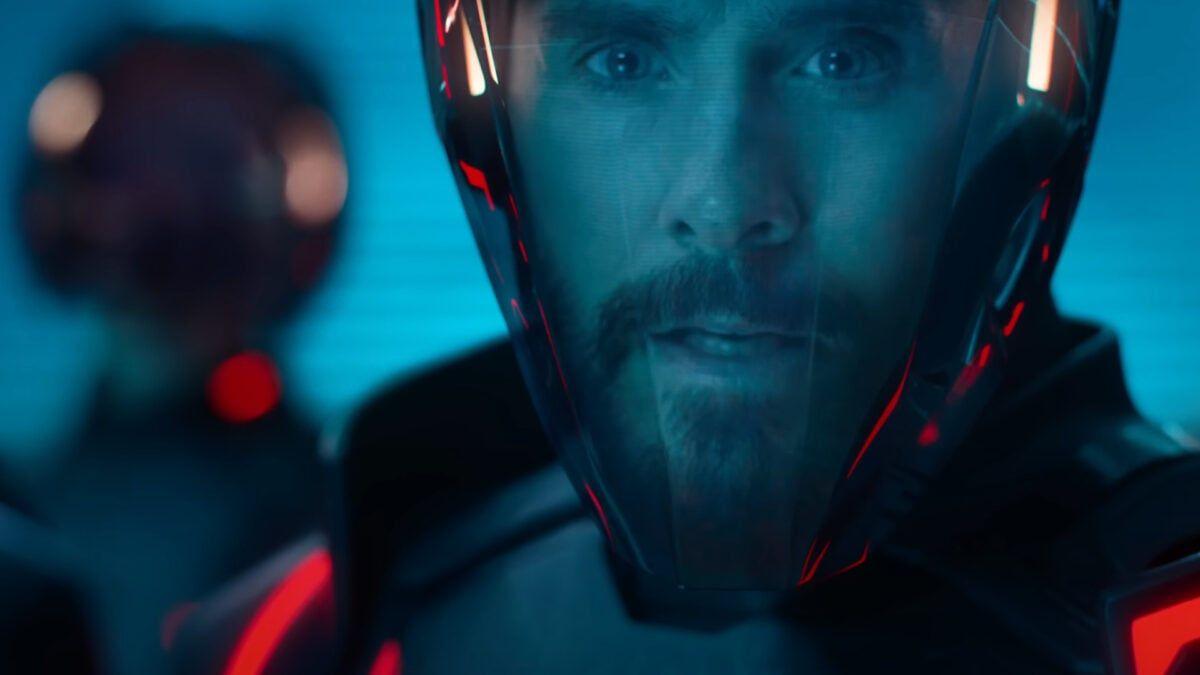
Hollywood's AI Revolution: From Digital Doubles to Full-Length Films
04 Nov 2025•Entertainment and Society
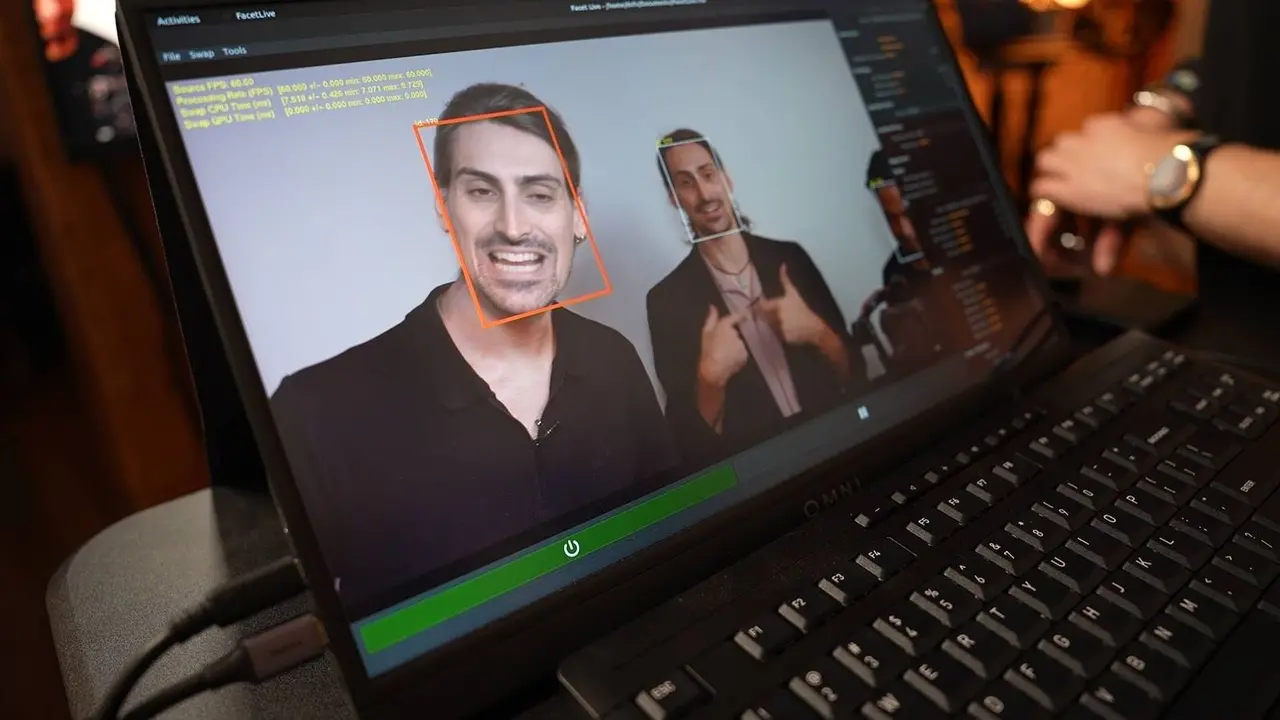
Recent Highlights
1
Google launches Gemini 3 Flash as default AI model, delivering speed with Pro-grade reasoning
Technology
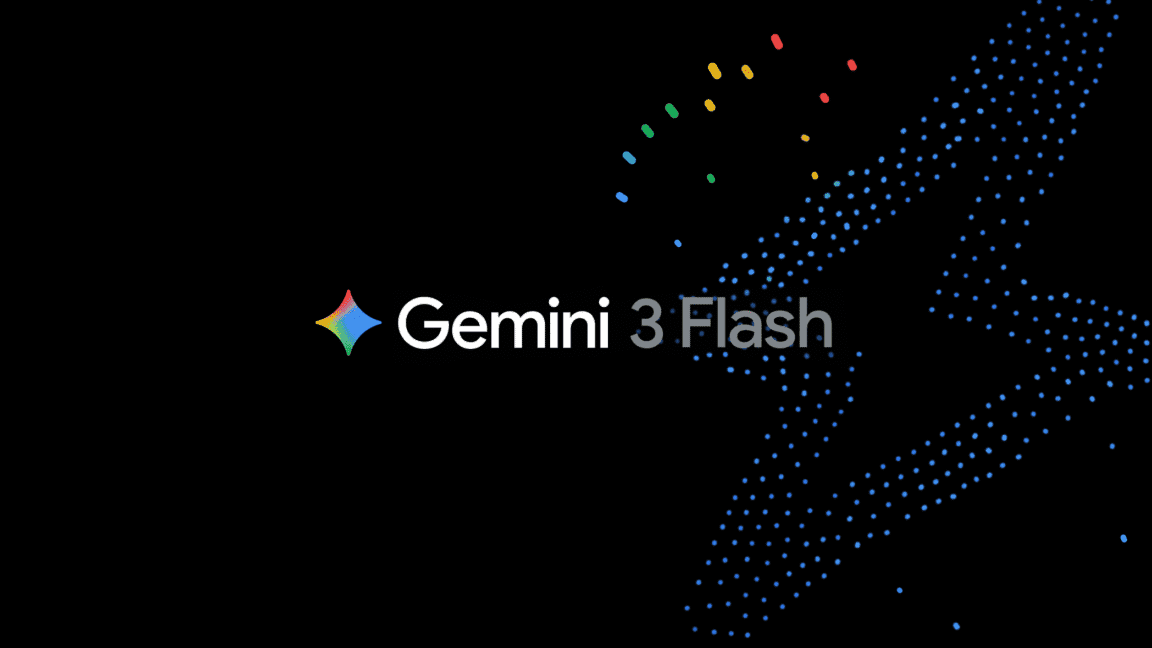
2
OpenAI launches GPT Image 1.5 as AI image generator war with Google intensifies
Technology
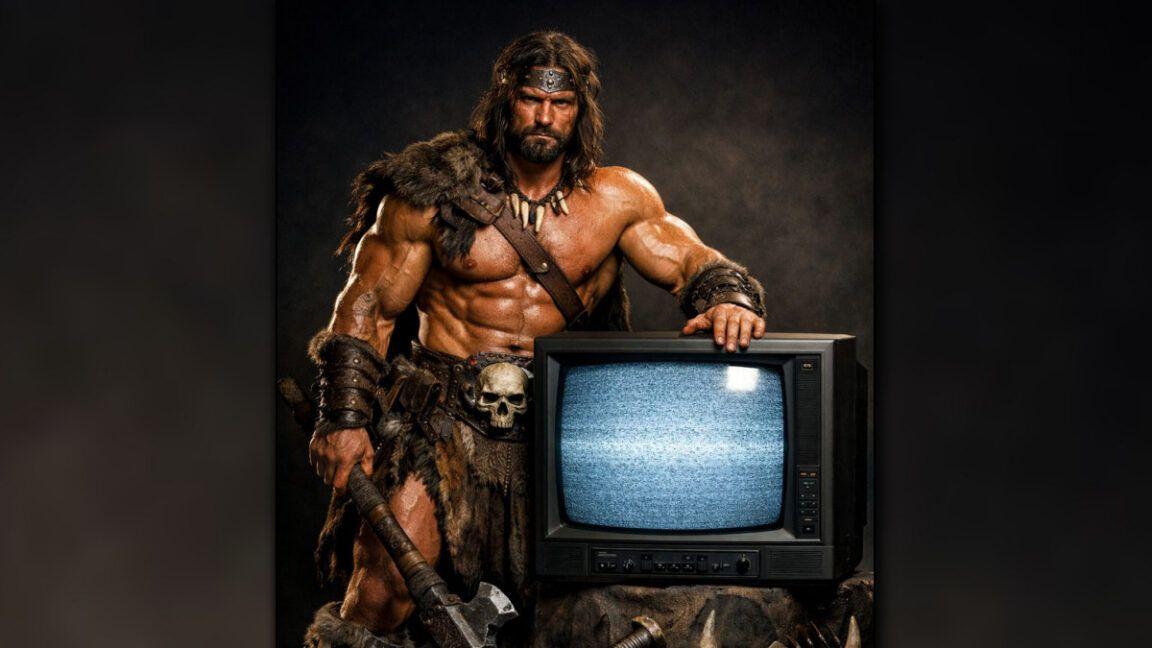
3
OpenAI launches ChatGPT app store, opening doors for third-party developers to build AI-powered apps
Technology

